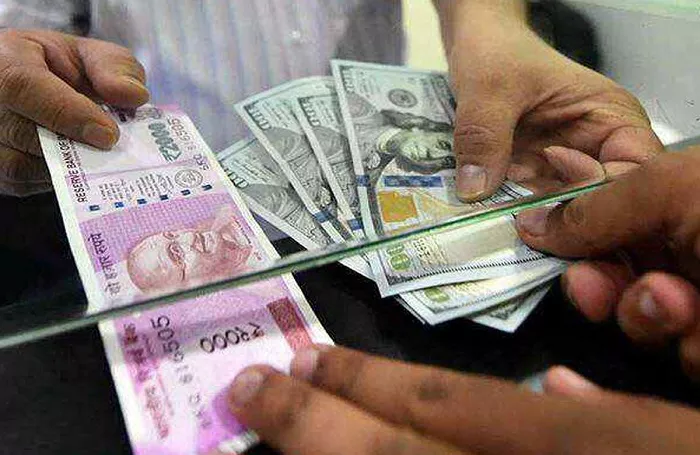In the early European session on Monday, the Indian Rupee (INR) took a nosedive, extending its slump after hitting a historic low of 81.00 in the previous trading period. A confluence of factors is weighing on the local currency. The US Dollar (USD) has strengthened, driven by month-end demand, and there are uncertainties surrounding the incoming Donald Trump administration’s policies. Additionally, concerns about India’s slowing economic growth and widening trade deficit are adding to the pressure on the INR.
The Reserve Bank of India (RBI) may step in by selling the USD, which could potentially limit the INR’s losses in the short run. However, with the year-end approaching, market activity is likely to be subdued, keeping the currency pair in a relatively tight range. Traders are closely watching India’s Fiscal Deficit data, due on Monday, along with the third-quarter (Q3) Indian Trade Deficit and November Infrastructure Output data, set to be released on Tuesday.
The rupee’s challenges are evident, as market experts have noted. “Rupee volatility seems to be back, and we should see bigger movements in the (USD/INR) currency pair as we move forward,” said Anil Bhansali, head of treasury at Finrex Treasury Advisors. A currency dealer from a mid-sized private bank also remarked, “The excessive positions are being flushed out now that the RBI has intervened with intent.”
Foreign portfolio investors have offloaded over $10 billion of local stocks and bonds on a net basis this quarter, according to stock depository data. The Indian government estimated on Thursday that the economy will grow at around 6.5% in fiscal year 2024/25, near the lower end of its 6.5%-7% projection. Deloitte, on Sunday, projected that India’s economy could expand at 6.5 – 6.8% this fiscal year and slightly higher, between 6.7 – 7.3% in FY2026, driven by domestic consumption.
USD/INR’s Bullish Outlook Persists
The Indian Rupee is trading weakly on Monday. Looking at the daily chart, the USD/INR pair remains above the key 100-day Exponential Moving Average (EMA), indicating that the bulls still dominate the medium-term trend. Nevertheless, further consolidation can’t be ruled out before any short-term appreciation of the USD/INR. The 14-day Relative Strength Index (RSI) is near 76.10, suggesting an overbought situation.
Should the bulls manage to break above the upper boundary of the ascending channel at 85.35 and sustain trading at that level, it could draw in technical buyers, pushing the pair towards 85.50 and then on to the 86.00 psychological level. On the other hand, if bearish momentum builds, the pair could move back towards the crucial support zone between 85.10 – 85.00, where the lower boundary of the trend channel and the round number coincide. A breach of this level might lead to a drop to 84.30, the 100-day EMA.
Related topics:
Silver Price Movement and Outlook in the Face of Fed Rate Cut Expectations
Oil Prices Edge Higher Amid Cooling U.S. Inflation and Eased Supply Concerns
Japan Faces Record Bond Supply as Central Bank Tightens Grip on Balance Sheet


